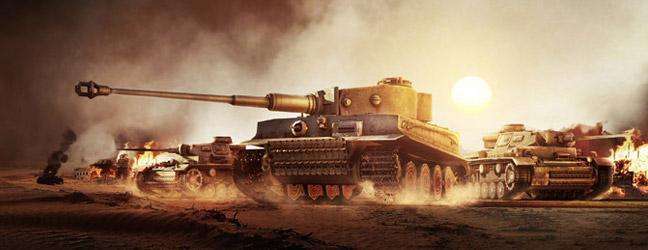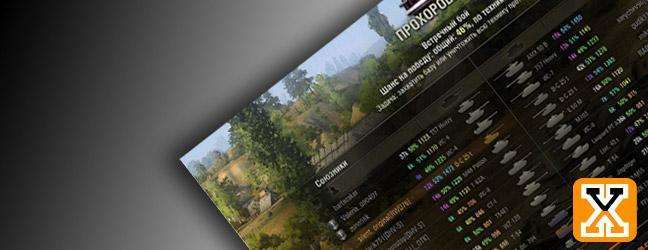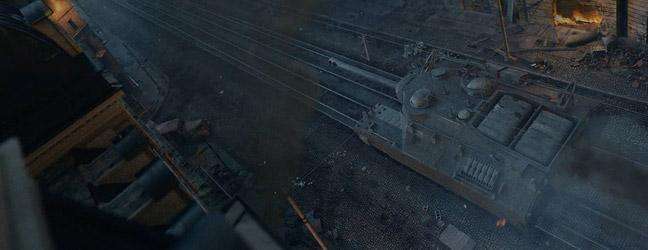The art of war
Дата: 09.11.2010 16:59:37
ARGO: My favorite tactician: Scipio Afrikanis
War with Hannibal, the Battle of Zama
Hannibal did have a trained pool of soldiers who had fought in Italy, as well as eighty war elephants. Hannibal could boast a strength of 58,000 infantry and 6,000 cavalry, compared to Scipio's 34,000 infantry and 8,700 cavalry. The two generals met on a plain between Carthage and Utica on October 19, 202 BC, at the Battle of Zama. Despite mutual admiration, negotiations foundered due largely to Roman distrust of the Carthaginians as a result of the Carthaginian attack on Saguntum, the breach of protocols which ended the First Punic War (known as Punic Faith), and a perceived breach in contemporary military etiquette, due to Hannibal's numerous ambushes.
Hannibal arranged his infantry in three phalangial lines designed to overlap the Roman lines. His strategy, so oft reliant upon subtle stratagems, was simple: a massive forward attack by the war elephants would create gaps in the Roman lines, which would be exploited by the infantry, supported by the cavalry.
Rather than arranging his forces in the traditional manipular lines, which put the hastati, principes, and triarii in succeeding lines parallel to the enemy's line, Scipio instead put the maniples in lines perpendicular to the enemy, a stratagem designed to counter the war elephants. When the Carthaginian elephants charged, they found well laid traps before the Roman position, and were greeted by Roman trumpeters which drove many back out of confusion and fear. In addition, many elephants were goaded harmlessly through the loose ranks by the velites and other skirmishers. Roman javelins were used to good effect, and the sharp traps caused further disorder among the elephants. Many of them were so distraught that they charged back into their own lines. The Roman infantry was greatly rattled by the elephants, but Massinissa's Numidian and Laelius' Roman cavalry began to drive the opposing cavalry off the field. Both cavalry commanders pursued their routing Carthaginian counterparts, leaving the Carthaginian and Roman infantries to engage one another. The resulting infantry clash was fierce and bloody, with neither side achieving local superiority. The Roman infantry had driven off the two front lines of the Carthaginian army and in the respite, took an opportunity to drink water. The Roman army was then drawn up in one long line (as opposed to the traditional three lines) in order to match the length of Hannibal's line. Scipio's army then marched towards Hannibal's veterans, who had not yet taken part in the battle. The final struggle was bitter, and only won when the allied cavalry rallied and returned to the battle field. Charging the rear of Hannibal's army, they caused what many historians have called the "Roman Cannae".
War with Hannibal, the Battle of Zama
Hannibal did have a trained pool of soldiers who had fought in Italy, as well as eighty war elephants. Hannibal could boast a strength of 58,000 infantry and 6,000 cavalry, compared to Scipio's 34,000 infantry and 8,700 cavalry. The two generals met on a plain between Carthage and Utica on October 19, 202 BC, at the Battle of Zama. Despite mutual admiration, negotiations foundered due largely to Roman distrust of the Carthaginians as a result of the Carthaginian attack on Saguntum, the breach of protocols which ended the First Punic War (known as Punic Faith), and a perceived breach in contemporary military etiquette, due to Hannibal's numerous ambushes.
Hannibal arranged his infantry in three phalangial lines designed to overlap the Roman lines. His strategy, so oft reliant upon subtle stratagems, was simple: a massive forward attack by the war elephants would create gaps in the Roman lines, which would be exploited by the infantry, supported by the cavalry.
Rather than arranging his forces in the traditional manipular lines, which put the hastati, principes, and triarii in succeeding lines parallel to the enemy's line, Scipio instead put the maniples in lines perpendicular to the enemy, a stratagem designed to counter the war elephants. When the Carthaginian elephants charged, they found well laid traps before the Roman position, and were greeted by Roman trumpeters which drove many back out of confusion and fear. In addition, many elephants were goaded harmlessly through the loose ranks by the velites and other skirmishers. Roman javelins were used to good effect, and the sharp traps caused further disorder among the elephants. Many of them were so distraught that they charged back into their own lines. The Roman infantry was greatly rattled by the elephants, but Massinissa's Numidian and Laelius' Roman cavalry began to drive the opposing cavalry off the field. Both cavalry commanders pursued their routing Carthaginian counterparts, leaving the Carthaginian and Roman infantries to engage one another. The resulting infantry clash was fierce and bloody, with neither side achieving local superiority. The Roman infantry had driven off the two front lines of the Carthaginian army and in the respite, took an opportunity to drink water. The Roman army was then drawn up in one long line (as opposed to the traditional three lines) in order to match the length of Hannibal's line. Scipio's army then marched towards Hannibal's veterans, who had not yet taken part in the battle. The final struggle was bitter, and only won when the allied cavalry rallied and returned to the battle field. Charging the rear of Hannibal's army, they caused what many historians have called the "Roman Cannae".
 Off-Topic Discussion\Historical Discussion\The art of war
Off-Topic Discussion\Historical Discussion\The art of war













